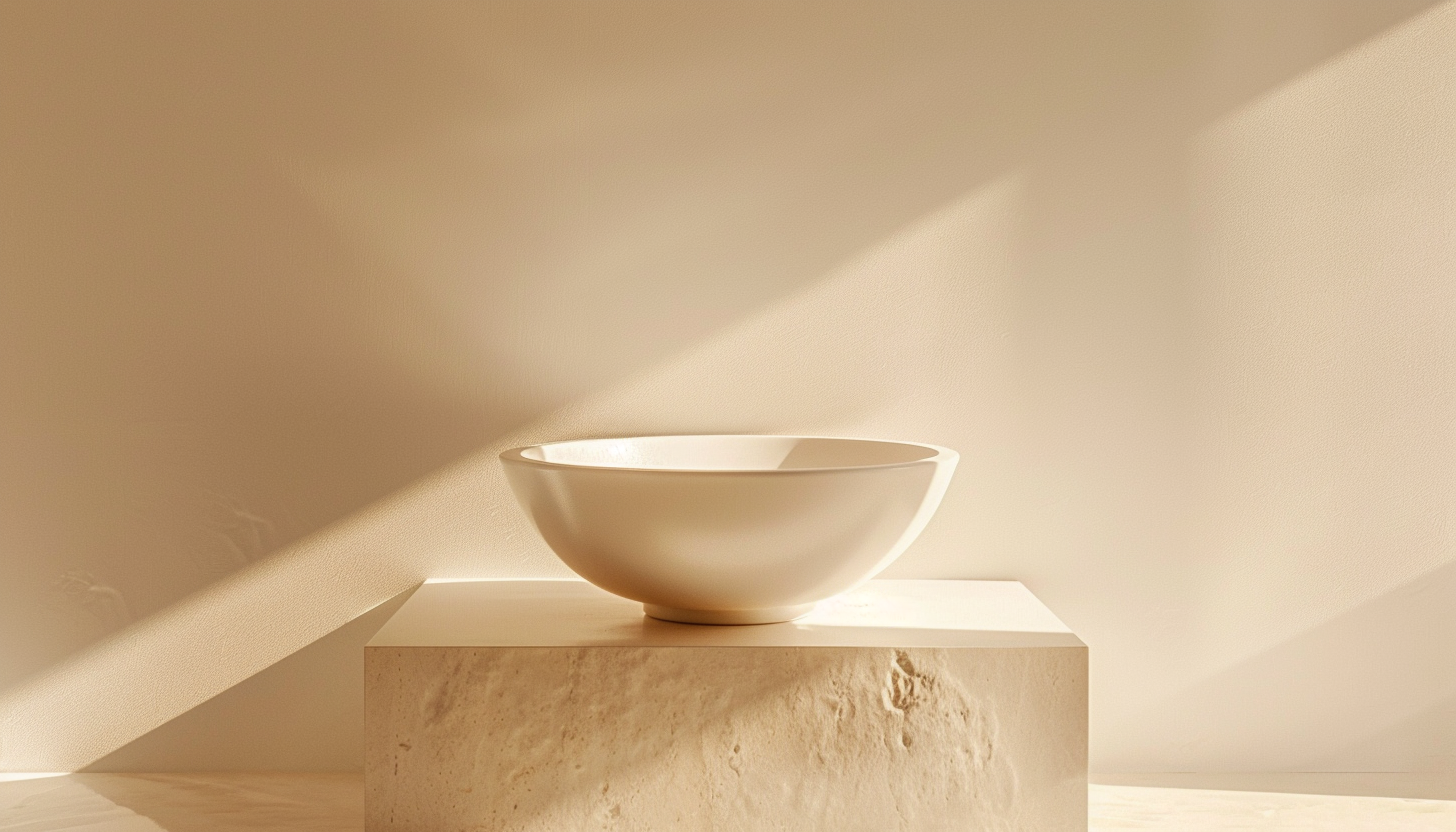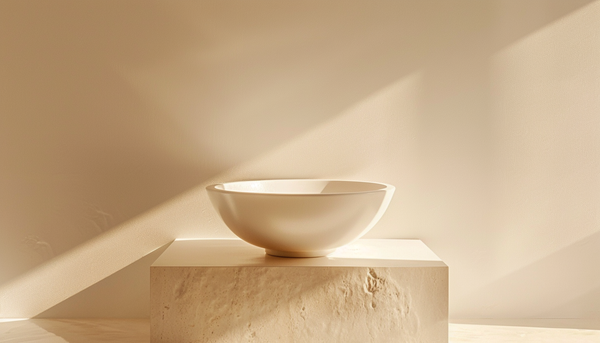The Allure of the Vessel Sink
At first glance, vessel sinks captivate with their unique appearance, seemingly perched atop their bases like elegant freestanding bowls. This illusion of simplicity belies the functional complexity hidden below: the drain at the base still channels water away through pipes, much like traditional sinks. The magic of this design lies in its ability to conceal the plumbing, allowing the basin itself to star in the visual spectacle.
Aesthetic and Functional Advantages (Pros)
Modern Style: With its distinct profile, a vessel sink instantly elevates a bathroom's aesthetic, bringing an air of style and elegance that catches the eye upon entering. Whether the decor aims for the simplistic and chic or the bold and dramatic, the vessel sink fits seamlessly, enhancing the space without necessitating extensive redesigns.
Versatility: The design options for vessel sinks are nearly limitless, ranging from rustic ceramic to sleek glass or sturdy metal. This versatility extends to compatibility with various types of vanities, allowing for a cohesive bathroom style that can easily be customized to personal tastes.
Space Efficiency: The unique shape of vessel sinks offers practical benefits as well. The elevated rim provides additional counter space below, while the open vanity area beneath allows for more efficient storage solutions.
Ease of Installation: Unlike more traditional drop-in or undermount sinks, vessel sinks require only a single drilled hole for drainage, simplifying the installation process significantly. This feature makes them an attractive option for both new constructions and bathroom renovations.
Splash Guard: The design of vessel sinks encourages deeper interaction—users naturally place their hands further into the basin, reducing splashes and spills over the edge, a practical feature that keeps the surrounding area cleaner.
Considerations Before Choosing a Vessel Sink (Cons)
However, the distinctive design of vessel sinks does introduce some challenges:
Drainage: Most vessel sinks lack an overflow hole, which means water can spill over the edges quickly if the basin is inadvertently overfilled.
Maintenance: The junction where the base of the sink meets the counter tends to accumulate grime, dust, and mildew, making cleaning more laborious and time-consuming than with other sink types.
Height: The taller profile of vessel sinks may pose accessibility issues for children or shorter adults, potentially necessitating additional steps or stools in family homes.
Exploring Alternatives For those considering different bathroom sink styles, here are some common alternatives:
- Drop-in Sinks: These are designed to "drop" into a precut hole in the vanity, with the edges resting directly on the countertop.
- Undermount Sinks: Similar to drop-in models but mounted from below, these sinks provide a sleek, seamless look as the lip does not protrude above the counter. Pedestal Sinks: Standing independently of a vanity, pedestal sinks are ideal for smaller spaces or bathrooms aiming for a minimalist aesthetic.
- Wall-mount Sinks: These sinks attach directly to the wall, freeing up floor space and complementing a modern, clean bathroom design.






